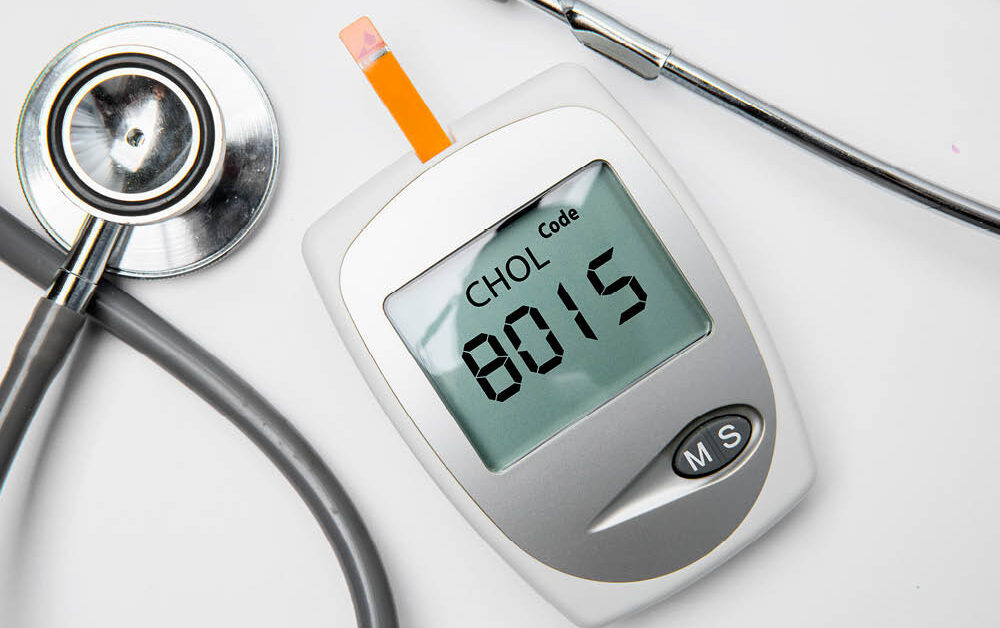
Keeping Dancers on their Toes
August 2021
Rouge et Blanc
August 2021by Kristy Como Armand
September is National Cholesterol Education Month
Phone numbers. Budgets. Important dates. Security codes. Account numbers. These are just a few examples of the numbers we pay attention to on a daily basis; numbers we commit to memory and use frequently. As important as these may be, there are some critical numbers you may be ignoring that have an even bigger impact on your life – your cholesterol level.
September is National Cholesterol Education Month, the perfect time to have your blood cholesterol checked and talk to your doctor about how to manage it if it’s found to be high.
Dr. Marissa De La Paz, family medicine physician with Imperial Health explains that cholesterol is a fat-like substance that, when in excess, can build up in a person’s arteries and settle as a form of plaque, eventually narrowing those arteries. According to the Centers for Disease Control and Prevention (CDC), more than 102 million adults in the United States age 20 or older have total cholesterol levels at or above 200 mg/dL. Dr. Dr La Paz says depending on other health risk factors, a good overall goal for LDL is 129 mg/dL or less. However, for example, in people with Type 2 Diabetes, the goal for LDL is 70 mg/dL or less.
“The higher your cholesterol levels, the greater your risk of heart disease,” says Dr. De La Paz. “It’s important to understand why high cholesterol is often called the ‘silent killer.’ This condition doesn’t typically produce any noticeable symptoms. We all hear about sudden heart attacks, but in many cases, these are not sudden at all. Cholesterol levels have likely been increasing for years, undetected. This is why regular testing and visits with your doctor are so important.”
The American Heart Association recommends that all adults 20 or older have their cholesterol checked every four to six years as long as their risk remains low. After age 40, individuals should follow their doctor’s advice for how often their cholesterol should be checked based on your overall health and other risk factors for heart disease.
A simple blood test, known as a lipid panel, can determine if an individual has dangerous cholesterol levels and if that risk could lead to a sudden heart attack or stroke. Dr. De La Paz says your total cholesterol is important to know, but the lipid profile also measures both types of cholesterol—LDL and HDL. LDL stands for low-density lipoprotein and is often referred to as “bad” cholesterol, which leads to clogged arteries. HDL, high-density lipoprotein, is known as “good” cholesterol and helps transport cholesterol to the liver to be expelled from the body and away from the arteries. The lipid profile also indicates the level of triglycerides, which is a type of fat found in the blood.
Dr. De La Paz says if you have a high triglyceride result, that’s bad, but if you have a high cholesterol result, you need to know why it is high. “It might be high because you have a high level of the good cholesterol, which can happen for people who are extremely healthy or have good genes.” She stresses that having a high triglyceride result plus high LDL can be especially harmful.
There are medications you can take to lower your cholesterol, but Dr. De La Paz says diet and lifestyle adjustments can usually help significantly before the need for medical intervention. “I recommend my patients become more conscious of their diet first. Eating foods low in fat, but high in fiber, like fresh fruits, fresh vegetables and whole grains can positively impact your cholesterol levels. Also, increasing your physical activity levels. I usually recommend 30 – 40 minutes of moderate-intensity physical activity, three – to – four days per week. Other ways to help lower your cholesterol are maintaining a healthy weight and not smoking can help reduce high cholesterol.”
To schedule an appointment with Dr. De La Paz, call (337) 474-2856.






